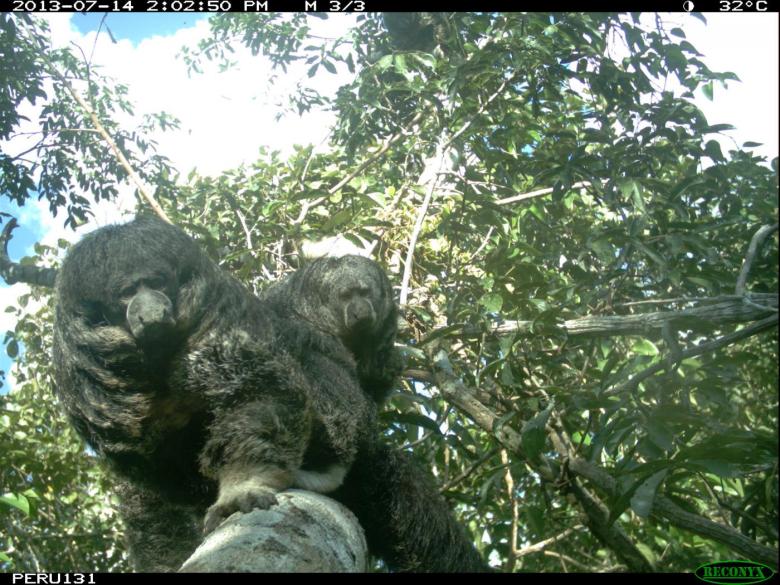
Connecting habitats for arboreal species by using canopy bridges
Tropical tree-dwelling mammals such as monkeys, kinkajous and opossums depend on complex treetop highways to get to food, potential mates and avoid predators on the ground. In one of the largest-ever canopy-based camera-trapping studies to date, Smithsonian Conservation Biology Institute scientists and partners found that when a pipeline clearing in Peru threatened those highways, leaving natural bridges, or connecting branches, for arboreal species really reduced the severity of that impact.
“Here we partnered with industry to identify a problem, implemented a proposed solution and used an innovative camera trapping technique to test the solution. The results plainly and powerfully show the effectiveness of a simple way to reduce impacts of human activity on biodiversity—a conservation biologist’s dream,” described one of the researchers. These results are now in the process of being incorporated into Peruvian legislation.

